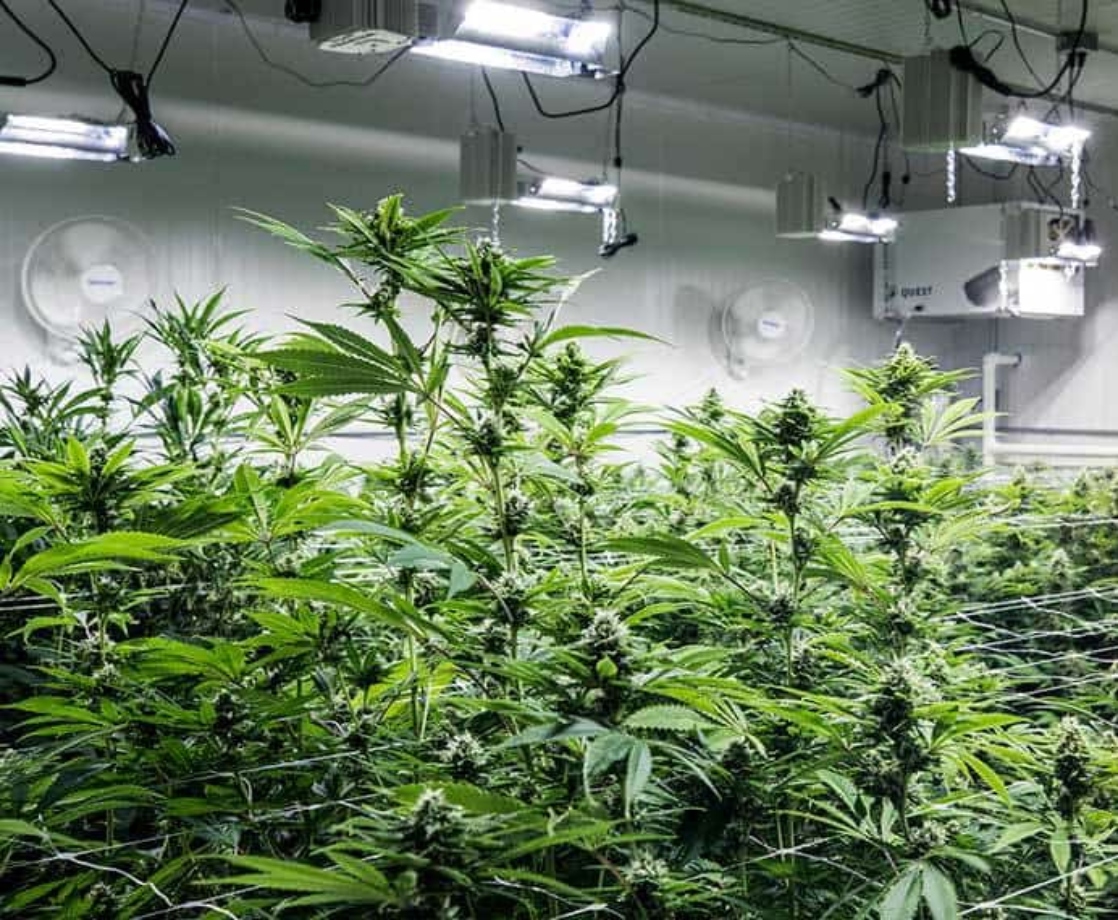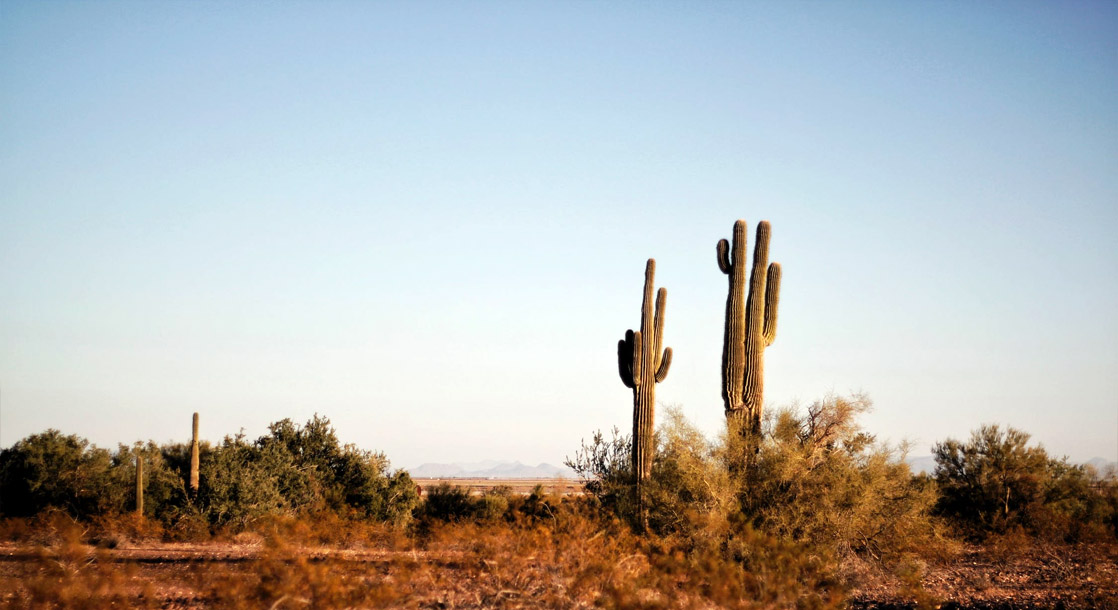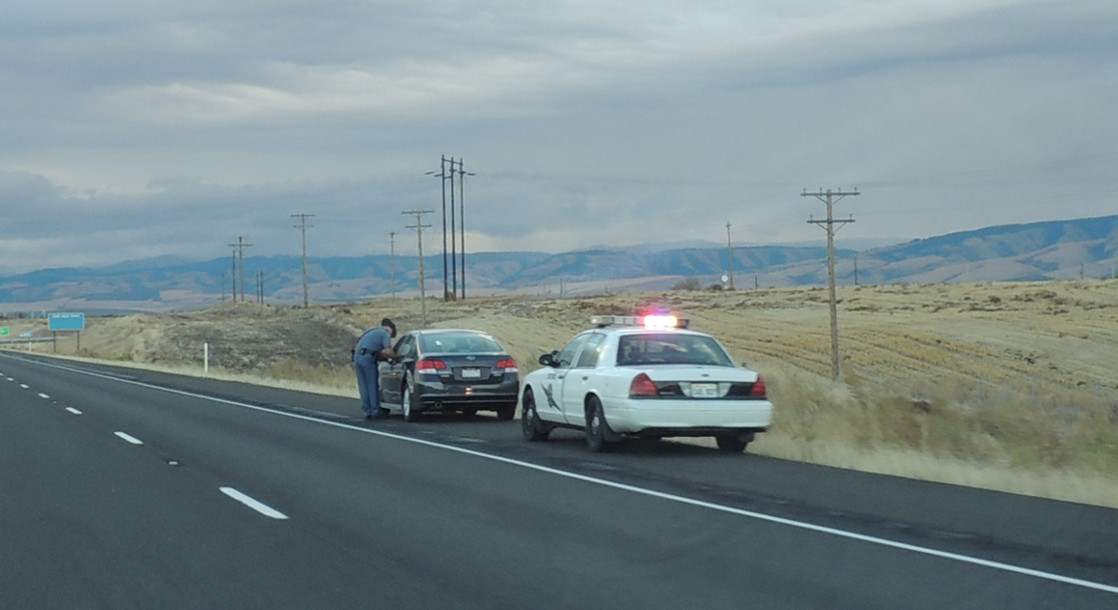On Wednesday morning, PG&E, California’s largest energy provider, shut off power throughout large sections of Northern California, leaving nearly 2 million people in the dark. The shut-off, which could last up to a week, is meant to prevent another devastating wildfire. But it will likely cause millions of dollars in damages, especially for the state’s weed industry, which depends on electricity to cultivate and process cannabis.
Last January, PG&E filed for bankruptcy after it was sued for its role in the 2018 Camp Fire. Authorities believe the Camp Fire started after strong winds blew over one of PG&E’s power lines that ran through a forested area. The wildfire, which was the most destructive in California’s history, cost the state $16.5 billion, killed 85 civilians, and practically wiped the town of Paradise off the map.
PG&E’s decision to shut off power to 34 of California’s 58 counties came after news reports predicted heavy winds this week. The decision also came with plenty of controversy. Even Governor Gavin Newsom expressed his disappointment with the power company.
“They’re in bankruptcy because of their terrible management, going back decades,” Gov. Newsom said, according to the LA Times. “It’s time for them to do the right thing — get out of bankruptcy, and get this system into the 21st century.” Newsom has, however, expressed support for the company’s Wednesday shut-off, which he has stated is an unfortunate necessity given the current conditions.
The power shut-off will affect roughly 1.8 million people living in Northern California. Without electricity, residents are scrambling to find ways to keep their food cold, maintain at-home medical care, and charge their mobile devices. The shut-off has also made it impossible to conduct business. It’s affected schools and universities, all of which announced closures until power is restored.
Arguably, the cannabis industry is being hit the hardest by the power outage. In fact, this may be the worst time to be without electricity because October marks the start of harvest season — a time when mature plants are cut down, dried, and cured for processing. As of right now, thousands of licensed cannabis grows, manufacturing facilities, dispensaries, and retail stores in the area are without the power needed to facilitate production.
As reported by Leafly, “thousands of newly licensed adult-use and medical cannabis farms, distributors, and manufacturers” are facing financial disaster due to the shut-off. The shut-off includes large portions of The Emerald Triangle, a wooded region in Northern California where most of the state’s weed is cultivated.
Cannabis operations require electricity to power their fans, grow lights, water filtration devices, hydroponic or automatic watering systems, humidifiers and dehumidifiers, and air conditioning units. Cannabis is an incredibly fragile plant that is wholly dependent on environmental conditions to thrive. Even one day without power could generate crop-wrecking molds, compromise delicate curing conditions, or lead to other issues that could effectively wipe out an entire grow.
Weed grows aren’t the only portion of the industry that’ll be hit hard by the shut-off. Extraction facilities that separate cannabis oils from plant material — for dabs and infusions — require massive amounts of electricity, too. Some luxury-level dabs such as live resins are made by flash-freezing the plant material as soon as it’s cut down, and if the freezers go bust, all frozen products will be compromised if not totally ruined.
“In less than 24 hours, that stuff can get damaged,” said Martin O’Brien, the founder and CEO of Sonoma County’s Foxworthy Farms, to Leafly. “Water pools in the bags and in the top of the freezer — there goes all your high-quality dabs.”
California’s cannabis industry is estimated to sell $3 billion worth of products this year. Over 3,000 licensed farms in Northern California, which produce the bulk of the state’s weed, will be affected by the power shut-off.
Follow Randy Robinson on Twitter











